Comparison of Global Wire Harness Flame Retardancy Test Standards

Table of contents
- Comparison of Global Wire Harness Flame Retardancy Test Standards
- I. International General Standards
- 1.1 ISO 6722 (Flame Retardancy Test for Road Vehicle Cables)
- 1.2 IEC 60332 (Cable Flame Retardancy Performance Test)
- 1.3 Other Relevant International Standards
- Summary: The international general standards, centered on ISO 6722 (automotive wire harnesses) and IEC 60332 (general cables), provide fundamental flame retardancy test methods and are referenced or adapted by national standards (e.g., GB, EN, UL).
- II. American Regional Standards
- III. European Regional Standards
- 3.1 EN 50575 (EU CPR Regulation)
- 3.2 DIN 5510-2 (German Railway Standard)
- 3.3 BS 6853 (British Railway Standard)
- Summary: European standards are centered on EN 50575 (CPR classification), while the railway sector relies on DIN 5510-2 and BS 6853, emphasizing smoke toxicity control, which are more stringent than American and Asian standards.
- IV. Asian Regional Standards
- 4.1 Chinese Standards (GB/T)
- 4.2 Japanese Standards (JIS)
- Summary: Asian standards are centered on China’s GB/T 18380 and Japan’s JIS C 3005 , incorporating localized requirements (e.g., China’s GB 8410, Japan’s JASO D611) while building upon IEC standards. India’s standards are relatively simplified but remain aligned with international core tests.
- V. Key Differences Comparison
- Notes:
- • North America focuses on controlling burning drips, Europe emphasizes smoke toxicity, while Asia emphasizes localized supplementary tests (e.g., oil/heat resistance);
- • For automotive wire harness standards, FMVSS 302 (US) and GB 8410 (China) are similar but differ in test details;
- • Japanese standards add environmental reliability requirements on top of flame retardancy, making them more comprehensive.
- VII. Conclusion
- 7.1 Regional Focus
- 7.2 Industry Variations
- 7.3 Development Trends
- Final Recommendation: Standard selection must consider both product destination and end-use scenarios (e.g., automotive, construction), while paying attention to regional-specific requirements (e.g., EU CPR, Japan’s environmental resistance).
- I. International General Standards
I. International General Standards
The internationally recognized wire harness flame retardancy test standards are primarily established by ISO (International Organization for Standardization) and IEC (International Electrotechnical Commission). They are widely applied in industries such as automotive, electronics, and power, serving as foundational references for national standards worldwide.
1.1 ISO 6722 (Flame Retardancy Test for Road Vehicle Cables)
• Scope: Low-voltage cables for road vehicles, including cars and commercial vehicles.
• Test Methods:
▪ Vertical Flame Test: The sample is fixed vertically, and a flame (methane or propane) is applied for 30 seconds to observe flame spread and self-extinguishing time.
▪ Horizontal Flame Test (applicable to certain cable types).
• Criteria:
▪ Flame spread rate ≤100 mm/min;
▪ Self-extinguishing time ≤30 seconds;
▪ Dripping particles must not ignite cotton below.
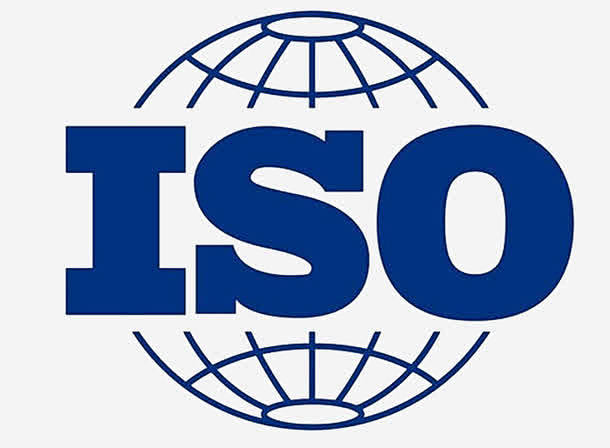
1.2 IEC 60332 (Cable Flame Retardancy Performance Test)
• Series Classification:
▪ IEC 60332-1 (Single Vertical Flame Test): A flame is applied for 20 seconds to assess burn length and self-extinguishing properties.
▪ IEC 60332-3 (Bundle Vertical Flame Test): Divided into Classes A/B/C (Class A being the strictest), with a flame applied for 40 minutes to evaluate flame spread height and charring range.
• Criteria:
▪ IEC 60332-1: Burn length ≤50 mm, self-extinguishing time ≤60 seconds;
▪ IEC 60332-3: Charring height ≤2.5 m (Class A).
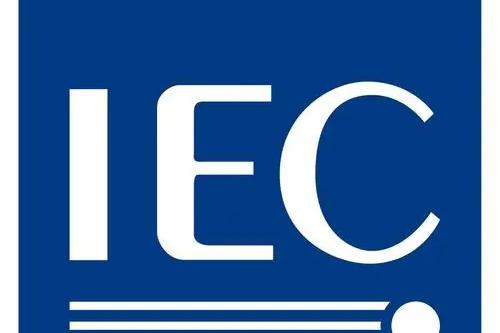
1.3 Other Relevant International Standards
• Series Classification:
▪ ISO 3795 (Flammability Test for Automotive Interior Materials): Similar to FMVSS 302, applicable to wire harness sheathing materials in vehicles.
▪ IEC 60754 (Toxicity Test for Gases from Cable Combustion): Evaluates halogen acid gas emissions (e.g., HCl ≤0.5%).
Summary: The international general standards, centered on ISO 6722 (automotive wire harnesses) and IEC 60332 (general cables), provide fundamental flame retardancy test methods and are referenced or adapted by national standards (e.g., GB, EN, UL).
II. American Regional Standards
The flame retardancy test standards for wire harnesses in the Americas region are primarily established by the United States and Canada, mainly applicable to automotive, electronics, construction and other fields.
U.S. standards (UL, SAE) have strong global influence, while Canadian standards (CSA) are more stringent in certain test requirements.
2.1 U.S. Standards
(1) UL 1581 (Flammability Test of Wires and Cables)
▪ Scope: Wires and cables for electronic equipment, household appliances, building wiring and other fields.
▪ Test Methods:
◎ VW-1 Test (Vertical Burning): Flame is applied 5 times (15 seconds each), requiring self-extinguishing and no ignition of cotton by dripping particles.
◎ FT1/FT2 (Horizontal Burning): Evaluates burning rate and self-extinguishing time.
▪ Criteria:
◎ Burning length ≤60 seconds (VW-1);
◎ Dripping particles must not ignite cotton below.
(2) UL 1685 (Vertical-Tray Fire-Propagation Test)
▪ Scope: Densely wired environments like data centers and high-rise buildings.
▪ Test Method: Similar to IEC 60332-3 but with more detailed classifications (e.g., CMR/CMG ratings).
▪ Criteria: Flame propagation height ≤8 feet (CMR rating).

(3) FMVSS 302 (Flammability of Interior Materials)
▪ Scope: Automotive wire harnesses, seats, interior materials, etc.
▪ Test Method: Horizontal burning with flame applied for 30 seconds, measuring burn rate.
▪ Criteria: Burn rate ≤102 mm/min.
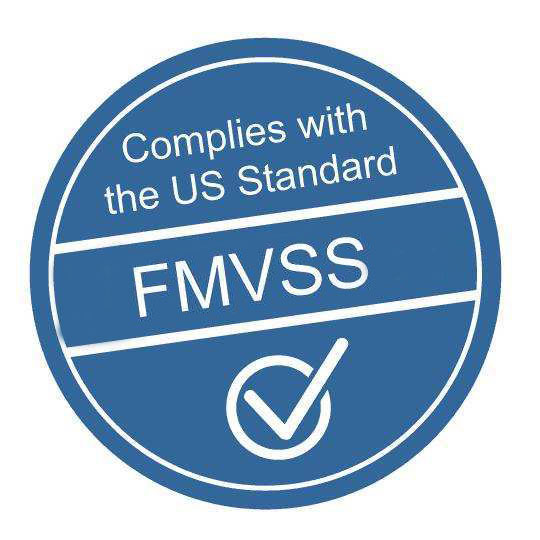
2.2 Canadian Standards (CSA C22.2)
• Test Methods: Similar to UL but adds low-temperature testing (-40°C) to ensure flame retardancy under extreme conditions.
• Criteria:
▪ Burn length ≤50 mm (vertical burning);
▪ Self-extinguishing time ≤30 seconds.
Summary: American standards center on UL 1581 (VW-1) and FMVSS 302 (automotive) for various applications. Canadian standards enhance UL requirements with low-temperature testing, making them more stringent.
III. European Regional Standards
The flame retardancy test standards for wire harnesses in Europe are mainly based on EN (European Standards) and DIN (German Standards), emphasizing fire safety, smoke control and toxicity limitations, widely applied in automotive, railway, construction and other fields.
3.1 EN 50575 (EU CPR Regulation)
• Scope: Fire performance classification of cables for construction.
• Test Methods:
▪ EN 60332-1/3 (Single/bundle flame test, referencing IEC standards);
▪ EN 50399 (Flame spread and heat release rate test).
• Classification Standards:
▪ Aca-Fca (Aca being the highest flame retardant level, Fca with no requirements);
▪ Additional tests required for smoke density (EN 61034) and toxic gases (EN 60754).

3.2 DIN 5510-2 (German Railway Standard)
• Scope: Wire harnesses and materials for rail transit vehicles.
• Classification Levels: S1-S5 (S4/S5 being high flame retardant levels).
• Test Requirements:
▪ Flame spread length ≤250mm (S4 level);
▪ Smoke transmittance ≥60%;
▪ Toxic gas limits (e.g. CO≤1000ppm).
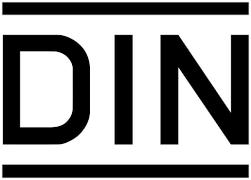
3.3 BS 6853 (British Railway Standard)
• Scope: Passenger vehicles such as subways and trains.
• Test Classification:
▪ Ia/Ib (Underground vehicles, most stringent);
▪II (Surface vehicles).
• Additional Requirements:
▪ Heat release rate ≤20kW/m²;
▪ Smoke toxicity index (STI) ≤3.

Summary: European standards are centered on EN 50575 (CPR classification), while the railway sector relies on DIN 5510-2 and BS 6853, emphasizing smoke toxicity control, which are more stringent than American and Asian standards.
IV. Asian Regional Standards
The flame retardancy test standards for wire harnesses in Asia are primarily established by China, Japan, and India. Based on international standards (e.g., IEC), these countries have developed more targeted testing specifications to meet local requirements.
4.1 Chinese Standards (GB/T)
(1) GB/T 18380 (Equivalent to IEC 60332)
▪ Scope: Power cables, control cables, etc.
▪ Test Methods:
◎ GB/T 18380.1 (Single vertical flame test);
◎ GB/T 18380.3 (Bundle vertical flame test, classified into A/B/C categories).
▪ Scope: Power cables, control cables, etc.
◎ Single cable: Burn length ≤50 mm, self-extinguishing time ≤60 seconds;
◎ Bundle cables: Charring height ≤2.5 m (Category A).
(2) GB 8410 (Flammability of Automotive Interior Materials)
▪ Scope: Automotive wire harnesses and interior materials.
▪ Test Method: Horizontal flame test with flame applied for 30 seconds.
▪ Scope: Power cables, control cables, etc.
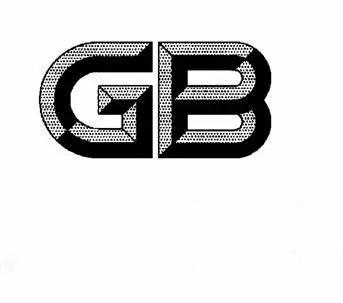
4.2 Japanese Standards (JIS)
(1) JIS C 3005 (Flame Retardancy Test for Electric Wires and Cables)
▪ Test Method: Vertical flame test with flame applied for 30 seconds.
▪ Criteria: Self-extinguishing time ≤60 seconds, no ignition of cotton by dripping particles.
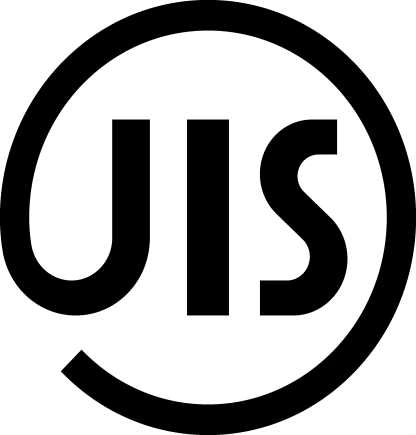
(2) JASO D611 (Automotive Wire Harness Standard)
▪ Additional Requirements:
◎ Oil resistance test (flame retardancy remains unchanged after immersion);
◎ Heat aging test (flame retardancy must still meet requirements after high-temperature exposure).
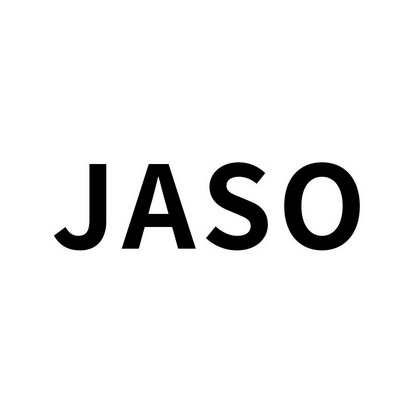
(3) Indian Standard (IS 694)
▪ Test Method: References IEC 60332 but simplifies bundle flame tests into two categories (A/B, with A being stricter).
▪ Criteria: Burn length ≤50 mm (single cable), charring height ≤2.5 m (Category A).
Summary: Asian standards are centered on China’s GB/T 18380 and Japan’s JIS C 3005, incorporating localized requirements (e.g., China’s GB 8410, Japan’s JASO D611) while building upon IEC standards. India’s standards are relatively simplified but remain aligned with international core tests.
V. Key Differences Comparison
| Comparison Dimension | North American Standards (UL/FMVSS) | European Standards (EN/DIN) | Chinese Standards (GB) | Japanese Standards (JIS) |
| Core Standards | UL 1581 (VW-1) / FMVSS 302 | EN 50575 (CPR) / DIN 5510-2 | GB/T 18380 / GB 8410 | JIS C 3005 / JASO D611 |
| Test Methods | Vertical burning (VW-1)/Horizontal burning (FMVSS) | Single/bundle burning (EN 60332) + Smoke toxicity | Single/bundle burning + Horizontal burning (automotive) | Vertical burning + Oil/heat resistance aging |
| Burning Time | 15 sec × 5 times (VW-1)/30 sec (FMVSS) | 20 sec (single)/40 min (bundle) | 20 sec (single)/40 min (bundle) | 30 sec (vertical) |
| Self-extinguishing Requirement | ≤30 sec (no dripping) | ≤60 sec + Low smoke toxicity | ≤60 sec (single) | ≤60 sec + Must pass after oil resistance |
| Stringency | Strict control of dripping particles | Most stringent smoke toxicity limits | Automotive standard (GB 8410) stricter than general cables | Additional environmental endurance tests |
| Typical Applications | Electronics/Automotive interiors | Construction/Rail transit | Power/Automotive wire harnesses | Automotive/Weather-resistant wire harnesses |
Notes:
• North America focuses on controlling burning drips, Europe emphasizes smoke toxicity, while Asia emphasizes localized supplementary tests (e.g., oil/heat resistance);
• For automotive wire harness standards, FMVSS 302 (US) and GB 8410 (China) are similar but differ in test details;
• Japanese standards add environmental reliability requirements on top of flame retardancy, making them more comprehensive.
VII. Conclusion
Global wire harness flame retardancy testing standards exhibit regional characteristics, with core requirements consistently focused on flame spread control, self-extinguishing performance, and safety additional indicators:
7.1 Regional Focus
• Americas (UL/FMVSS): Emphasizes dripping control (e.g., VW-1 test) and burn rate (FMVSS 302);
• Europe (EN/DIN): Most stringent requirements for smoke toxicity and heat release limits (CPR classification, railway standards);
• Asia (GB/JIS): Builds on IEC standards while adding localized scenario tests (e.g., China’s automotive GB 8410, Japan’s oil-resistant JASO).
7.2 Industry Variations
• Automotive Wire Harnesses: North American (FMVSS 302) and Asian (GB 8410) standards show convergence, while some European automakers adopt additional EN 45545 requirements;
• Construction/Rail Transit: European standards (EN 50575, DIN 5510) provide the most comprehensive coverage with strict toxicity requirements.
7.3 Development Trends
• International Harmonization: IEC 60332 is widely referenced, though specialized sectors (e.g., aerospace, military) maintain independent standards;
• Green Safety: The EU promotes low-smoke zero-halogen (LSZH) standards, with other regions gradually following suit.
Final Recommendation: Standard selection must consider both product destination and end-use scenarios (e.g., automotive, construction), while paying attention to regional-specific requirements (e.g., EU CPR, Japan’s environmental resistance).

No comments to show.



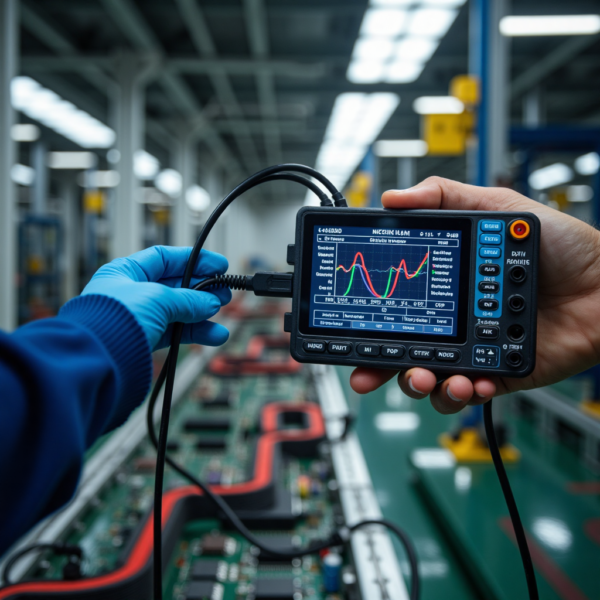
Leave a Comment